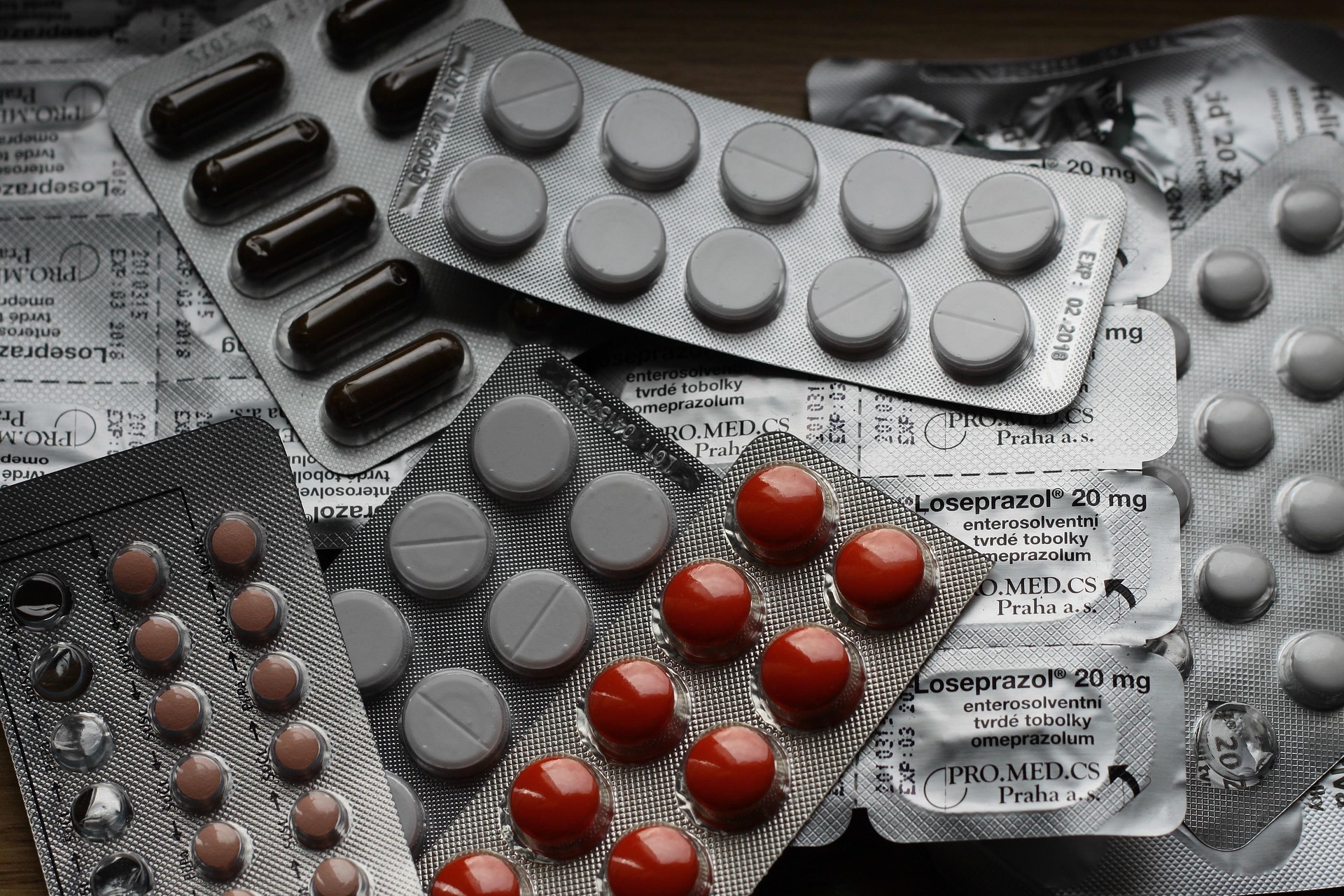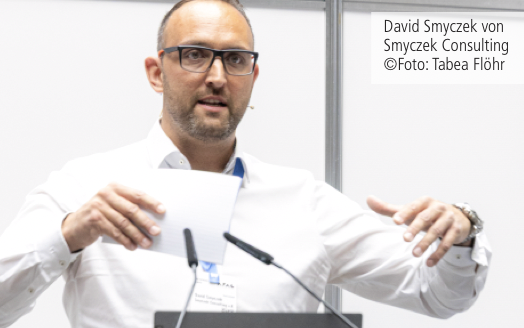A new method uses chemical analysis to determine origin
A sophisticated method will soon make it possible to prevent drug fraud, which generates tens of millions of euros in revenue in the European Union alone. Researchers at the University of Copenhagen (https://www.ku.dk/en ) (UCPH) have teamed up with colleagues at Stanford University (https://www.stanford.edu/ ) (SU) to develop a method that can identify the manufacturer of a drug using a “fingerprint” that is unique to each drug. The research results (https://pubs.acs.org/doi/10.1021/acs.molpharmaceut.5c00522) of their study were recently published in the journal “Molecular Pharmaceutics.”
Identified by fingerprint
In the future, fingerprints can be used to prove that drugs have been stolen or that pharmaceuticals that were supposed to be destroyed due to production defects have ended up on the black market. “All drugs have a unique chemical fingerprint that allows them to be identified down to the specific factory where they were manufactured,” explains Else Holmfred, who works for both UCPH and SU. She proved this using the common painkiller ibuprofen.
“Imagine that a pharmaceutical company has a shipment of drugs stolen that has been disposed of due to insufficient quality,” says Holmfred. “Later, criminals repackage the drugs to resell them. With our new technology, it is possible to determine exactly where the drug originally came from and thus prove that it was stolen.”
Characteristic isotope mix
Medicines and their origin can be clearly traced back to the region in which they were manufactured and thus to the company that produced them on the basis of the variants of chemical elements (isotopes) of carbon, hydrogen, and oxygen they contain. “These stable isotopes are incredibly useful because they don’t change over thousands or millions of years,” says co-author Stefan Stürup. “And since all drugs are made from synthesized organic substances or substances derived from plants, they always contain carbon, hydrogen, and oxygen, such as corn starch or cellulose.”
These elements consist of the material itself and isotopes that are typical of the region in which they are obtained. If a company uses corn from the Rhineland to obtain fillers for its drug, for example, there is a specific mix of isotopes. “The isotopic composition of a plant substance is determined by where it comes from, what kind of water it has absorbed, and what form of photosynthesis it has undergone,” explains Stürup. “This causes the ratio between the isotopes carbon-12 and carbon-13 to change slightly. This ratio is unique to each plant. This makes it impossible to fake isotopes.“
”Tablets look almost identical, so it’s difficult to document that they are counterfeit unless you can chemically prove that they are different,” concludes Holmfred. This is exactly what a well-equipped laboratory can now do with chemical fingerprinting.



